FROM CELLULOID TO CLOUD
ANALOG FOUNDATIONS – THE LIMITS OF PHYSICAL EDITING
Film editing began as a tactile process involving physical reels. Editors used scissors, tape, and splicers to cut and rearrange footage. Each edit required manual precision and irreversible decisions. Coloration was achieved through chemical processes and film stock selection. Editors relied on light tables and magnifiers to inspect frames. The process was time-consuming and labor-intensive. Mistakes were costly and difficult to reverse. Color grading was limited to exposure, tinting, and lab-based adjustments. Creative flexibility was constrained by physical media.
Collaboration was restricted to in-person sessions. Storage required climate-controlled vaults and careful labeling. Analog editing shaped pacing through mechanical rhythm. Coloration was symbolic but technically rigid. The emotional tone was embedded in the film stock itself. Analog workflows defined the aesthetic boundaries of early cinema.
ANALOG EDITING LIMITATIONS
| Attribute | Value |
|---|---|
| Editing method | Manual splicing |
| Color control | Chemical tinting |
| Collaboration | In-person only |
| Flexibility | Low |
| Error recovery | Minimal |
DIGITAL NON-LINEARITY – THE RISE OF EDITING FREedom
Digital editing introduced non-linear workflows. Editors could rearrange scenes without damaging original footage. Software like Avid and Final Cut Pro revolutionized post-production. Timelines became modular and reversible. Color grading shifted from chemical to algorithmic. Editors gained control over contrast, saturation, and hue. Undo functions allowed experimentation without risk. Digital editing supported multiple versions and iterative refinement. Collaboration expanded through file sharing and remote access. Storage moved from vaults to hard drives and cloud servers. Editing became faster, more precise, and more creative. Coloration evolved into a symbolic language. Editors could match emotional tone to visual palette. Digital tools enabled real-time feedback and adjustment. Non-linearity redefined narrative structure and pacing.
DIGITAL EDITING ADVANTAGES
| Attribute | Value |
|---|---|
| Editing method | Software-based |
| Color control | Real-time grading |
| Collaboration | Remote and cloud-based |
| Flexibility | High |
| Error recovery | Full undo/redo |
COLOR GRADING – FROM CHEMISTRY TO CODE
Color grading in digital workflows is software-driven. Tools like DaVinci Resolve offer granular control over every pixel. Editors can adjust luminance, chrominance, and gamma curves. Color grading is now a symbolic and emotional tool. It defines mood, genre, and psychological tone. Digital grading supports LUTs (Look-Up Tables) for consistency. Editors can simulate film stock or create new aesthetics. Real-time grading allows instant feedback during editing. Colorists collaborate remotely using cloud platforms. AI-assisted grading suggests palettes based on scene content. HDR grading expands dynamic range and emotional depth. Color grading is no longer a technical afterthought. It is central to storytelling and visual identity. Editors use color to guide viewer emotion and attention. Digital grading is precise, expressive, and adaptive.
COLOR GRADING EVOLUTION
| Attribute | Analog Era | Digital Era |
|---|---|---|
| Method | Chemical tinting | Software-based manipulation |
| Flexibility | Low | High |
| Emotional control | Limited | Extensive |
| Collaboration | In-person | Remote/cloud |
| Real-time feedback | No | Yes |
TIMELINE CONTROL – EDITING AS EMOTIONAL RHYTHM
Digital editing allows precise control over pacing. Editors can adjust frame duration down to milliseconds. Transitions are customizable and reversible. Rhythm becomes a symbolic tool in narrative design. Editors use jump cuts, fades, and match cuts to guide emotion. Digital timelines support nested sequences and parallel editing. Pacing can be tested and refined without re-shooting. Editors can simulate different emotional arcs. Real-time playback enables instant feedback. Timeline control supports modular storytelling. Editors can rearrange scenes to test narrative flow. Emotional beats are shaped by timing and rhythm. Digital editing allows symbolic repetition and contrast. Editors use pacing to encode psychological tension. Timeline control transforms editing into emotional choreography.
TIMELINE EDITING FEATURES
| Feature | Function |
|---|---|
| Frame-level control | Adjust pacing precisely |
| Nested sequences | Modular storytelling |
| Real-time playback | Instant feedback |
| Transition effects | Emotional modulation |
| Undo/redo | Risk-free experimentation |
AI-ASSISTED EDITING – AUTOMATION AS CREATIVE AUGMENTATION
Artificial intelligence is reshaping film editing workflows. AI tools can analyze footage and suggest cuts based on pacing, dialogue, or emotion. Machine learning models detect scene changes, facial expressions, and audio cues. Editors use AI to generate rough cuts and preview alternate sequences. Automation speeds up repetitive tasks like syncing audio or organizing clips. AI can simulate different narrative structures for testing. Editors retain creative control while delegating technical labor. Emotion recognition algorithms guide pacing and shot selection.
AI-assisted editing supports real-time feedback and versioning. It enables symbolic experimentation without manual strain. Editors can train models on personal style or genre conventions. AI tools adapt to user preferences and project goals. Collaboration becomes faster and more iterative. AI is not replacing editors—it is amplifying their symbolic reach. Editing becomes a dialogue between human intuition and machine precision.
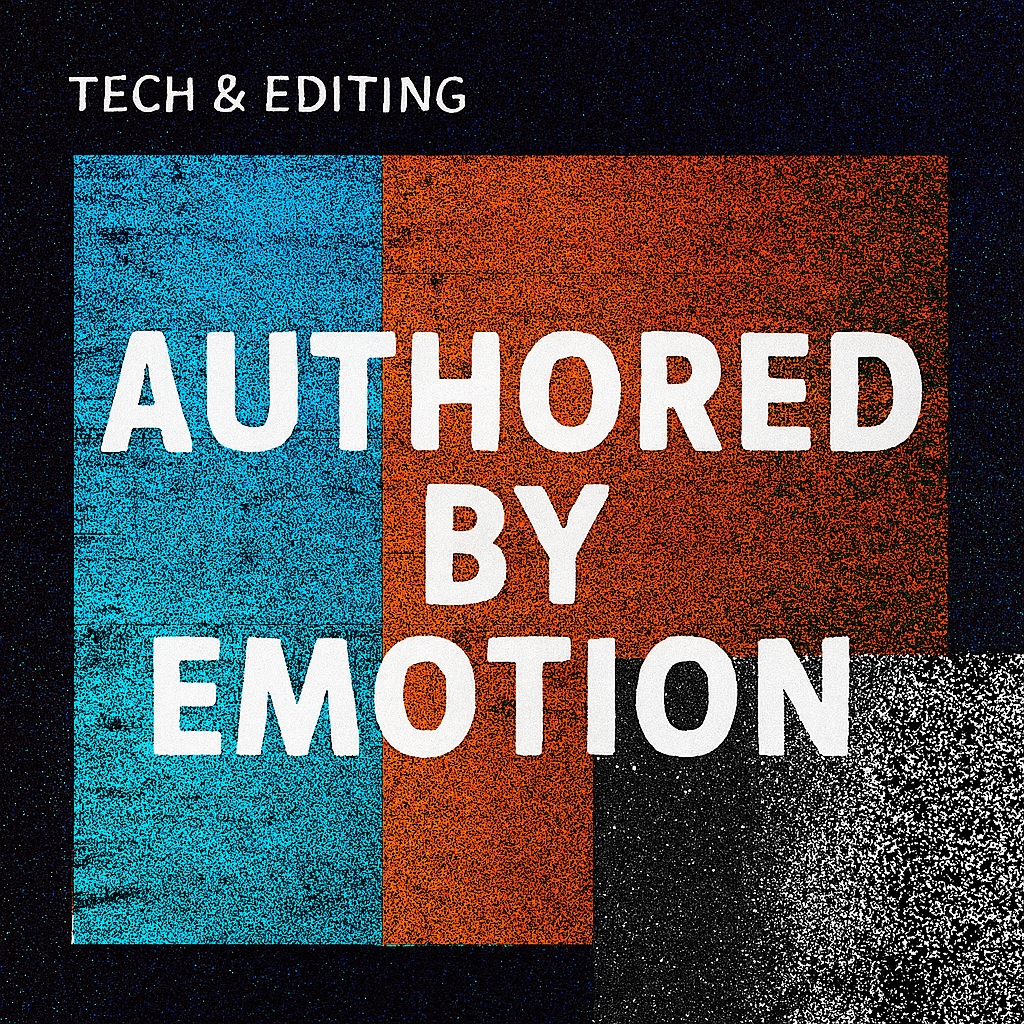
AI EDITING FUNCTIONS
| Function | Description |
|---|---|
| Scene detection | Identifies transitions |
| Emotion tracking | Maps facial expressions |
| Audio syncing | Aligns dialogue automatically |
| Rough cut generation | Suggests initial sequences |
| Style adaptation | Learns editor preferences |
CLOUD COLLABORATION – EDITING WITHOUT BORDERS
Cloud platforms have transformed collaborative editing. Editors, colorists, and directors can work on the same project from different locations. Files are stored remotely and accessed through secure portals. Real-time updates allow simultaneous editing and feedback. Cloud workflows reduce hardware dependency and increase flexibility. Version control ensures that changes are tracked and reversible. Collaboration becomes modular and asynchronous. Editors can leave notes, markers, and symbolic cues for teammates. Cloud platforms support high-resolution proxies for efficient editing.
Color grading and sound design can be layered remotely. Cloud tools integrate with AI for automated syncing and tagging. Security protocols protect intellectual property and creative assets. Cloud editing supports global teams and diverse workflows. It democratizes access to professional tools. Collaboration becomes a symbolic ritual across time zones. The cloud is not just storage—it is creative infrastructure.
CLOUD EDITING BENEFITS
| Feature | Impact |
|---|---|
| Remote access | Global collaboration |
| Real-time updates | Simultaneous editing |
| Version control | Trackable changes |
| Proxy workflows | Efficient high-res editing |
| Security protocols | Protected creative assets |
LUTS AS EMOTIONAL CODES – COLORATION THROUGH SYMBOLIC FILTERS
LUTs (Look-Up Tables) are digital presets that transform color profiles. They map input values to output values for consistent grading. LUTs encode emotional tone, genre, and symbolic identity. Editors use LUTs to simulate film stock or create unique aesthetics. Each LUT carries a visual signature—warm, cold, saturated, muted. LUTs can be applied globally or selectively within scenes.
They support modular coloration across episodes or projects. Editors use LUTs to guide viewer emotion and expectation. LUTs are often named after moods, genres, or symbolic themes. They enable rapid experimentation and visual consistency. LUTs can be customized or built from scratch. They are used in trailers, teasers, and promotional assets. LUTs simplify complex grading workflows. They are emotional shortcuts and symbolic scaffolds. LUTs turn color into narrative architecture.
LUT TYPES AND SYMBOLISM
| LUT Type | Emotional Tone | Common Use Case |
|---|---|---|
| Warm cinematic | Nostalgia, intimacy | Drama, romance |
| Cool desaturated | Isolation, tension | Thriller, sci-fi |
| High contrast | Urgency, clarity | Action, documentary |
| Vintage film | Memory, authenticity | Period pieces, retrospectives |
| Neon punch | Energy, surrealism | Music videos, fantasy |
HDR COLORATION – EXPANDING EMOTIONAL RANGE
HDR (High Dynamic Range) expands the spectrum of light and color. It allows for deeper blacks, brighter highlights, and richer midtones. HDR supports 10-bit or higher color depth for smoother gradients. Editors use HDR to enhance realism and emotional impact. Shadows reveal texture, and highlights carry symbolic weight. HDR grading requires calibrated monitors and precise workflows. It is supported by platforms like Dolby Vision and HDR10+. HDR enables symbolic contrast between light and dark.
It enhances genre-specific coloration—fantasy, horror, and nature films benefit most. Editors can encode emotion through luminance and saturation. HDR supports immersive environments and large-format screens. It requires more bandwidth and storage but delivers deeper engagement. HDR is not just technical—it is psychological. It allows editors to sculpt light as emotion. HDR coloration is visual storytelling at its most expansive.
HDR GRADING FEATURES
| Feature | Benefit |
|---|---|
| Expanded luminance | Realistic light and shadow |
| 10-bit color depth | Smooth gradients |
| Symbolic contrast | Emotional layering |
| Platform support | Dolby Vision, HDR10+ |
| Genre enhancement | Fantasy, horror, nature |
GENRE-SPECIFIC COLOR STRATEGIES – SYMBOLISM BY STYLE
Different genres use color in distinct symbolic ways. Horror films favor desaturation and shadow-heavy palettes. Romantic dramas lean into warm tones and soft gradients. Sci-fi often uses cool hues and high contrast. Documentaries prioritize natural coloration and clarity. Fantasy films embrace saturation and surreal palettes. Editors match color strategy to genre conventions and emotional goals. Color guides viewer expectation and symbolic interpretation.
Genre-specific LUTs and grading presets streamline workflows. Editors use color to reinforce narrative structure and character arcs. Coloration becomes a genre-defining tool. It encodes mood, pacing, and thematic depth. Genre strategies evolve with audience expectations and platform trends. Streaming platforms influence coloration through compression and display standards. Editors adapt color to screen size and ambient light. Genre-specific coloration is both tradition and innovation. It is the emotional fingerprint of visual storytelling.
COLOR STRATEGIES BY GENRE
| Genre | Color Strategy | Emotional Effect |
|---|---|---|
| Horror | Desaturated, shadow-rich | Fear, tension |
| Romance | Warm, soft gradients | Intimacy, nostalgia |
| Sci-fi | Cool, high contrast | Isolation, futurism |
| Documentary | Natural, clear tones | Trust, realism |
| Fantasy | Saturated, surreal | Wonder, escape |
COMPRESSION EFFECTS – HOW CODECS SHAPE EMOTION
Compression reduces file size by removing redundant data. Codecs like H.264, HEVC, and AV1 balance quality and efficiency. Lossy compression discards visual detail to save bandwidth. This affects color fidelity, texture, and emotional nuance. Editors must anticipate how compression alters final output. Artifacts like banding, blocking, and noise distort symbolic clarity.
Compression can flatten gradients and obscure shadows. Emotional pacing may suffer if transitions lose smoothness. Dialogue sync and lip movement can be affected by frame drops. Editors use high-bitrate masters to preserve detail before export. Compression is a trade-off between accessibility and fidelity. Streaming platforms apply their own compression standards. Editors must test across devices and resolutions. Compression is not neutral—it reshapes emotional delivery. It is the invisible editor behind every screen.
COMPRESSION TRADE-OFFS
| Codec | Efficiency | Quality Impact | Common Use Case |
|---|---|---|---|
| H.264 | Moderate | Acceptable | Streaming, mobile |
| HEVC | High | Better | 4K, HDR content |
| AV1 | Very high | Excellent | Future-proof streaming |
| VP9 | High | Good | YouTube, web video |
| ProRes | Low | Lossless | Editing, archiving |
ARCHIVAL RESTORATION – BRINGING COLOR BACK TO MEMORY
Digital tools enable restoration of degraded film. Editors use AI to remove scratches, stabilize frames, and recover color. Restoration begins with high-resolution scans of original reels. Color grading restores symbolic tone lost to time. Historical accuracy guides palette selection and exposure. Editors reference production notes, costumes, and lighting setups. Restoration is both technical and emotional. It revives cultural memory and visual identity. AI models predict missing frames and reconstruct detail. Grain management preserves texture without distortion. Restoration workflows include denoising, deblurring, and regrading. Editors must balance fidelity with authenticity. Coloration is symbolic—sepia for nostalgia, saturation for vitality. Restoration is a form of historical storytelling. It turns damaged footage into emotional evidence.
RESTORATION WORKFLOW STEPS
| Step | Purpose |
|---|---|
| High-res scanning | Capture detail |
| AI cleanup | Remove artifacts |
| Frame stabilization | Smooth motion |
| Color grading | Restore emotional tone |
| Grain management | Preserve texture |
MOBILE COLORATION – EDITING FOR SMALL SCREENS
Mobile devices have changed how color is perceived. Smaller screens compress visual space and reduce tonal range. Editors must adapt coloration for clarity and impact. High contrast improves readability and emotional punch. Saturation helps distinguish elements on small displays. Mobile coloration favors bold palettes and simplified gradients. Compression algorithms further reduce fidelity. Editors test LUTs across screen sizes and brightness settings.
Mobile viewing often occurs in ambient light, affecting perception. Color must guide attention and emotion quickly. Subtle shading may be lost on low-resolution screens. Editors prioritize clarity over nuance in mobile formats. Symbolic overlays help reinforce emotional cues. Mobile coloration is fast, bold, and expressive. It is designed for immediacy and accessibility. Editing for mobile is editing for attention.
MOBILE COLORATION STRATEGIES
| Strategy | Benefit |
|---|---|
| High contrast | Improves readability |
| Bold saturation | Enhances emotional clarity |
| Simplified gradients | Reduces compression artifacts |
| Ambient testing | Ensures visibility in real-world |
| Symbolic overlays | Reinforces emotional cues |
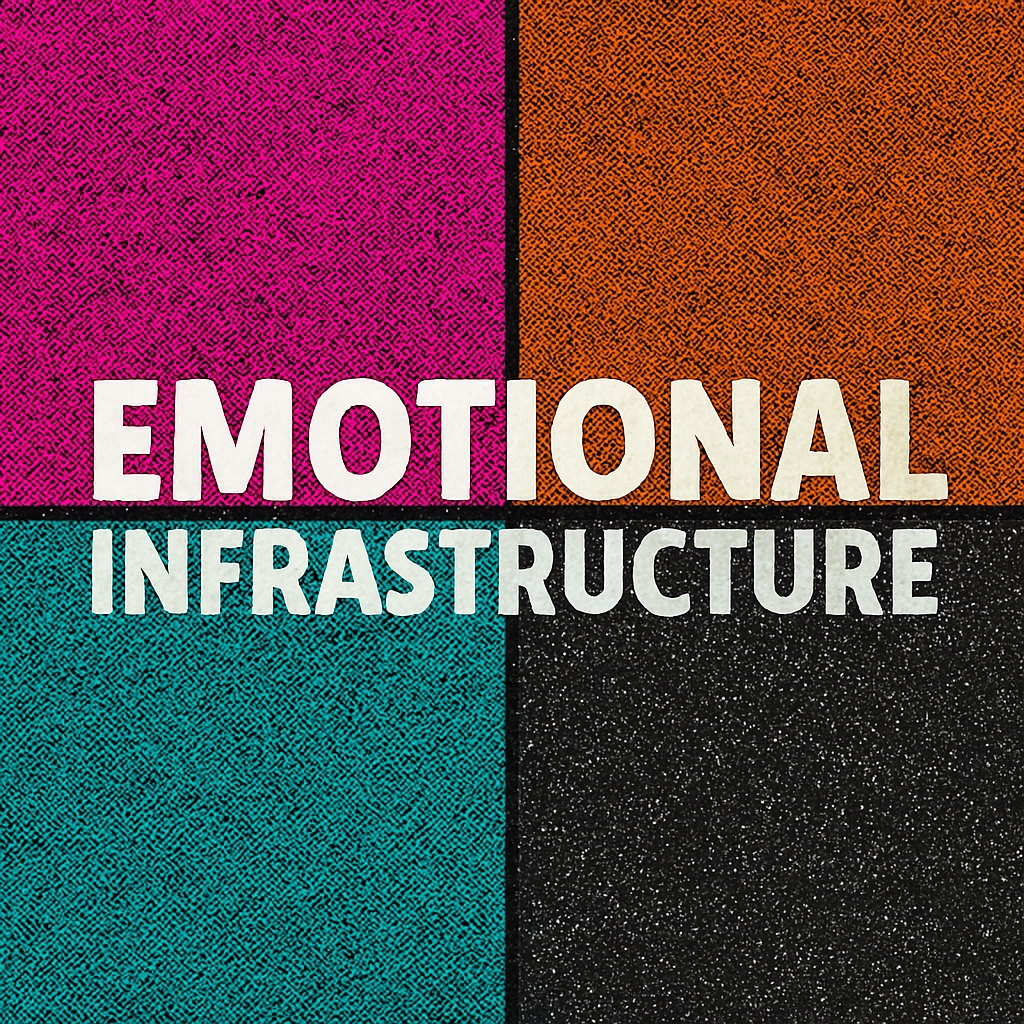
SYMBOLIC OVERLAYS – LAYERING MEANING ONTO IMAGE
Symbolic overlays add narrative depth to visuals. Editors use text, icons, and graphic elements to guide interpretation. Overlays can signal emotion, theme, or genre. They are used in trailers, documentaries, and experimental media. Color-coded overlays reinforce mood—red for urgency, blue for calm. Motion graphics add rhythm and symbolic pacing. Overlays must balance visibility with subtlety. Editors use transparency, blur, and layering techniques. Symbolic overlays are modular and reusable. They support accessibility through captions and visual cues. Overlays can encode cultural references and emotional shorthand. They transform static frames into dynamic storytelling. Editors design overlays to match tone and audience. Symbolic overlays are editorial tools, not decoration. They turn image into interface and emotion into architecture.
SYMBOLIC OVERLAY TYPES
| Type | Function | Common Use Case |
|---|---|---|
| Text captions | Dialogue, context | Documentaries, trailers |
| Color filters | Mood reinforcement | Music videos, drama |
| Icons/symbols | Genre cues, emotion tags | Experimental, short films |
| Motion graphics | Pacing, rhythm | Teasers, intros |
| Cultural motifs | Identity, reference | Art films, retrospectives |
DIGITAL EDITING AS EMOTIONAL INFRASTRUCTURE
Digital editing is no longer just technical—it is psychological. It shapes how stories are told, felt, and remembered. Editors sculpt emotion through pacing, color, and rhythm. Software tools become symbolic extensions of creative intent. Every cut, grade, and overlay encodes emotional architecture. Editing defines narrative flow and viewer engagement. It transforms raw footage into emotional experience. Digital workflows support modularity, iteration, and collaboration. Editors build symbolic ecosystems across platforms and formats. Coloration guides mood, genre, and identity. Compression, resolution, and screen size affect emotional delivery. Editing is a ritual of emotional translation. It turns pixels into presence and rhythm into resonance. Digital editing is the infrastructure of modern storytelling. It is where emotion becomes visible. And where meaning becomes modular.
FRAME RATE INTEGRATION – PACING AS PERCEPTION
Frame rate is commonly know that it determines how many images are displayed per second. Standard rates include 24fps (cinema), 30fps (broadcast), and 60fps (gaming). Higher frame rates create smoother motion and sharper detail. Editors use frame rate to shape emotional rhythm and realism. 24fps evokes cinematic texture and symbolic pacing. 60fps enhances immediacy and physicality. Frame rate affects how viewers perceive time and tension. Slow motion requires high frame capture for clarity. Editors blend frame rates to create contrast and emphasis. Frame interpolation tools generate in-between frames for smooth transitions. Variable frame rate (VFR) allows dynamic pacing within a scene. Frame rate also affects compression and file size. Coloration must be adjusted to match motion clarity. Editors use frame rate as a symbolic dial—slowing time or accelerating emotion. It is not just technical—it is temporal storytelling.
FRAME RATE SYMBOLISM
| Frame Rate | Visual Effect | Emotional Tone | Common Use Case |
|---|---|---|---|
| 24fps | Cinematic motion | Dreamlike, narrative | Film, drama |
| 30fps | Broadcast clarity | Neutral, present | TV, interviews |
| 60fps | Hyper-realism | Physical, immersive | Sports, gaming |
| 120fps+ | Ultra-smooth | Surreal, heightened | VR, experimental |
| VFR | Dynamic pacing | Symbolic modulation | Music videos, trailers |
CROSS-PLATFORM COLORATION – CONSISTENCY ACROSS SCREENS
Color appears differently on various devices. Screen size, resolution, and calibration affect perception. Editors must test content across phones, tablets, laptops, and TVs. Color grading must account for brightness, contrast, and ambient light. LUTs are adjusted for platform-specific delivery. Streaming services compress and re-encode video, altering color fidelity. Editors use color management systems (CMS) to maintain consistency. HDR content must be tone-mapped for SDR displays. Mobile screens often oversaturate reds and blues. OLED and LCD panels render contrast differently. Editors preview content on calibrated reference monitors. Cross-platform coloration ensures symbolic coherence. It preserves emotional tone across formats. Editors create multiple masters for different platforms. Consistency is not just technical—it is emotional fidelity.
PLATFORM COLOR VARIATION
| Platform | Color Bias | Calibration Challenge | Adjustment Strategy |
|---|---|---|---|
| Mobile OLED | Oversaturated reds | High brightness | Desaturate highlights |
| Laptop LCD | Muted blacks | Narrow contrast range | Boost midtones |
| HDR TV | Expanded luminance | Tone-mapping required | Dual-grade HDR/SDR |
| Tablet IPS | Warm color temp | Ambient light interference | Neutral LUTs |
| Web browser | Varies by OS/browser | Compression artifacts | Web-safe color profiles |
REAL-TIME RENDERING – EDITING AT THE SPEED OF THOUGHT
Real-time rendering allows editors to preview changes instantly. It eliminates the need for time-consuming exports. GPU acceleration powers live playback of effects and grades. Editors can test pacing, transitions, and overlays in context. Real-time tools support iterative creativity and symbolic refinement. Color changes are visible immediately, enabling emotional calibration. Motion graphics and VFX can be layered without delay. Real-time rendering supports collaborative review sessions. It reduces feedback loops and accelerates decision-making. Editors can simulate final output during editing. Real-time rendering is essential for live broadcasts and virtual production. It transforms editing into a responsive, adaptive process. Editors sculpt emotion in real time, not retrospect. Rendering becomes a mirror of creative intent. It is editing at the speed of feeling.
REAL-TIME RENDERING BENEFITS
| Feature | Creative Impact |
|---|---|
| Instant feedback | Faster emotional calibration |
| Live playback | Contextual pacing |
| GPU acceleration | Smooth effects integration |
| Collaborative review | Real-time decision-making |
| Adaptive workflows | Responsive storytelling |
METADATA AS EMOTIONAL SCAFFOLDING
Metadata is data about data—timecodes, tags, camera settings, and more. In editing, metadata structures the emotional architecture of a project. Tags help editors locate emotional beats, themes, and motifs. Timecodes anchor pacing and rhythm. Camera metadata informs color grading and exposure correction. Editors use metadata to track character arcs and symbolic shifts. AI tools analyze metadata to suggest edits and color strategies. Metadata enables modular editing and version control. It supports accessibility through captions and transcripts. Editors embed emotional cues in metadata for collaborators. Metadata is searchable, sortable, and symbolic. It turns raw footage into structured narrative. Metadata is not just technical—it is editorial memory. It preserves intention across time and teams. Metadata scaffolds the emotional logic of a film. It is the invisible spine of digital storytelling.
METADATA TYPES AND FUNCTIONS
| Metadata Type | Function | Emotional Role |
|---|---|---|
| Timecode | Syncs footage and audio | Anchors rhythm |
| Tags | Labels scenes/themes | Tracks emotional arcs |
| Camera settings | Guides grading and exposure | Preserves visual intent |
| Transcripts | Supports captions and search | Enhances accessibility |
| Version history | Tracks edits and revisions | Preserves creative evolution |
THE FUTURE OF EDITING – SYMBOLIC AUTHORSHIP IN A DIGITAL WORLD
Editing is evolving into symbolic authorship. Editors are no longer just technicians—they are emotional architects. AI, cloud, and real-time tools expand creative agency. Editing becomes modular, adaptive, and emotionally intelligent. Coloration is used to encode genre, identity, and mood. Frame rate, pacing, and overlays become symbolic syntax. Editors shape how stories are felt, not just told. The screen becomes a canvas of emotional infrastructure. Editing tools are becoming more intuitive and predictive. Collaboration is global, asynchronous, and layered. Editors curate not just footage, but experience. The future of editing is symbolic, not just sequential. It is about meaning, not just mechanics. Editors are authors of emotion, rhythm, and resonance. The timeline is a language—and editing is how we speak it.
EMOTIONAL CONTINUITY – EDITING AS MEMORY PRESERVATION
Editing shapes how emotion flows across scenes. Continuity is not just visual—it is psychological. Editors track emotional arcs to maintain viewer immersion. Abrupt tonal shifts can disrupt symbolic coherence. Color grading helps bridge emotional transitions. Pacing reinforces character development and thematic rhythm. Editors use callbacks, motifs, and visual echoes. Emotional continuity supports narrative clarity and resonance. It allows viewers to feel progression, not fragmentation. Editors annotate timelines with emotional markers. AI tools can detect mood shifts and suggest transitions. Continuity is preserved through rhythm, tone, and symbolic layering. Editors test emotional flow through preview screenings. Feedback loops refine pacing and coloration. Emotional continuity is the glue of storytelling. It turns edits into memory.
EMOTIONAL CONTINUITY TECHNIQUES
| Technique | Purpose | Emotional Effect |
|---|---|---|
| Color bridges | Connects scenes visually | Smooth tonal transition |
| Motif repetition | Reinforces themes | Emotional familiarity |
| Pacing alignment | Matches rhythm across edits | Narrative coherence |
| Sound carryover | Links audio between scenes | Emotional flow |
| Symbolic echoes | Visual callbacks | Memory reinforcement |
SYMBOLIC PACING – RHYTHM AS NARRATIVE LANGUAGE
Pacing defines how quickly or slowly a story unfolds. Editors use pacing to control tension, release, and emotional depth. Fast cuts create urgency and fragmentation. Slow pacing allows reflection and immersion. Symbolic pacing matches rhythm to theme. Editors adjust shot length to guide viewer attention. Montage sequences accelerate emotional buildup. Long takes emphasize realism and vulnerability. Pacing interacts with music, dialogue, and motion. Editors use pacing to encode genre conventions. Horror favors slow build-ups and sudden cuts. Action relies on rapid transitions and rhythmic editing. Symbolic pacing is modular and adaptive. It transforms time into emotional architecture. Editors sculpt rhythm to match narrative intent. Pacing is not just tempo—it is meaning.
PACING MODES AND SYMBOLISM
| Pacing Mode | Rhythm Style | Symbolic Function | Genre Alignment |
|---|---|---|---|
| Rapid montage | Fast, fragmented | Urgency, chaos | Action, thriller |
| Slow build | Gradual, immersive | Suspense, reflection | Horror, drama |
| Rhythmic sync | Music-driven | Energy, cohesion | Musical, sports |
| Long take | Unbroken realism | Vulnerability, presence | Art film, documentary |
| Variable pacing | Dynamic modulation | Emotional contrast | Experimental, fantasy |
VISUAL IDENTITY – COLORATION AS BRANDING
Coloration defines the visual identity of a film or series. Editors use color to encode genre, tone, and emotional resonance. Consistent palettes create symbolic cohesion across episodes. LUTs and grading presets reinforce brand aesthetics. Color becomes a signature—recognizable and emotionally charged. Editors collaborate with directors and designers to define visual language. Branding through color supports marketing and audience retention. Coloration guides viewer expectation and emotional engagement. Editors test palettes across platforms and lighting conditions. Visual identity is modular—adaptable across formats. Color is used in posters, trailers, and promotional assets. Editors build color libraries for reuse and consistency. Visual identity is not just style—it is emotional shorthand. It turns color into narrative memory. Branding becomes symbolic storytelling.
COLORATION AND BRANDING STRATEGIES
| Strategy | Purpose | Emotional Outcome |
|---|---|---|
| Signature palette | Defines visual identity | Recognition, cohesion |
| Genre-coded LUTs | Aligns with audience expectation | Emotional clarity |
| Platform testing | Ensures consistency | Fidelity across screens |
| Promotional grading | Extends identity to marketing | Symbolic reinforcement |
| Color libraries | Reusable assets | Editorial efficiency |
EDITORIAL ETHICS – RESPONSIBILITY IN DIGITAL WORKFLOWS
Digital editing carries ethical responsibilities. Editors shape perception, emotion, and memory. Misleading cuts can distort truth and intent. Coloration can manipulate mood and bias interpretation. Editors must balance creativity with integrity. Documentary editing requires factual accuracy and emotional sensitivity. AI tools must be used transparently and responsibly. Editors disclose alterations in journalistic contexts. Ethical workflows include consent, attribution, and cultural respect. Editors avoid exploitative pacing or symbolic misrepresentation. Accessibility is part of ethical editing—captions, contrast, and clarity matter. Collaboration includes respecting creative ownership and feedback. Editors document changes and preserve original intent. Ethics guide how emotion is shaped and shared. Editing is not just craft—it is stewardship. It defines how stories are remembered and trusted.
EDITORIAL ETHICS CHECKLIST
| Ethical Principle | Application | Editorial Impact |
|---|---|---|
| Accuracy | Factual representation | Viewer trust |
| Consent | Use of personal footage | Respect and legality |
| Attribution | Credit for creative input | Transparency |
| Accessibility | Inclusive design | Emotional equity |
| Cultural sensitivity | Symbolic respect | Ethical resonance |
CONCLUSION – EDITING AS EMOTIONAL AUTHORSHIP
Editing is the invisible hand behind every story. It shapes how we feel, remember, and interpret. Digital tools have expanded the editor’s symbolic reach. Coloration, pacing, overlays, and metadata become emotional instruments. Editors are no longer just technicians—they are authors of experience. Every cut carries intention, rhythm, and resonance. Editing defines narrative flow and emotional continuity. It transforms footage into memory and pixels into presence. The digital world offers modularity, collaboration, and symbolic precision. Editors sculpt emotion across platforms, genres, and formats. They build visual identity and emotional infrastructure. Editing is a language of feeling, not just structure. It is how stories become immersive and unforgettable. The future of editing is symbolic, ethical, and adaptive. It is authorship in motion.
JOIN THE DISCUSSION
How do you use color, pacing, or overlays to shape emotion in your own edits? Which digital tools have changed the way you think about storytelling? Have you noticed how screen size or platform alters your visual identity? What ethical choices guide your editing process—especially when emotion and truth collide?
#EditingCulture #VisualIdentity #DigitalStorytelling #ModularNarrative #FrameRatePsychology #MetadataMemory #EditorialEthics #ScreenArchitecture #PixelPrecision #EmotionalContinuity #CloudCollaboration #AIEditingTools #HDRSymbolism #LUTLanguage #MobileColoration #RealTimeRendering #EditingInfrastructure #StoryInRhythm
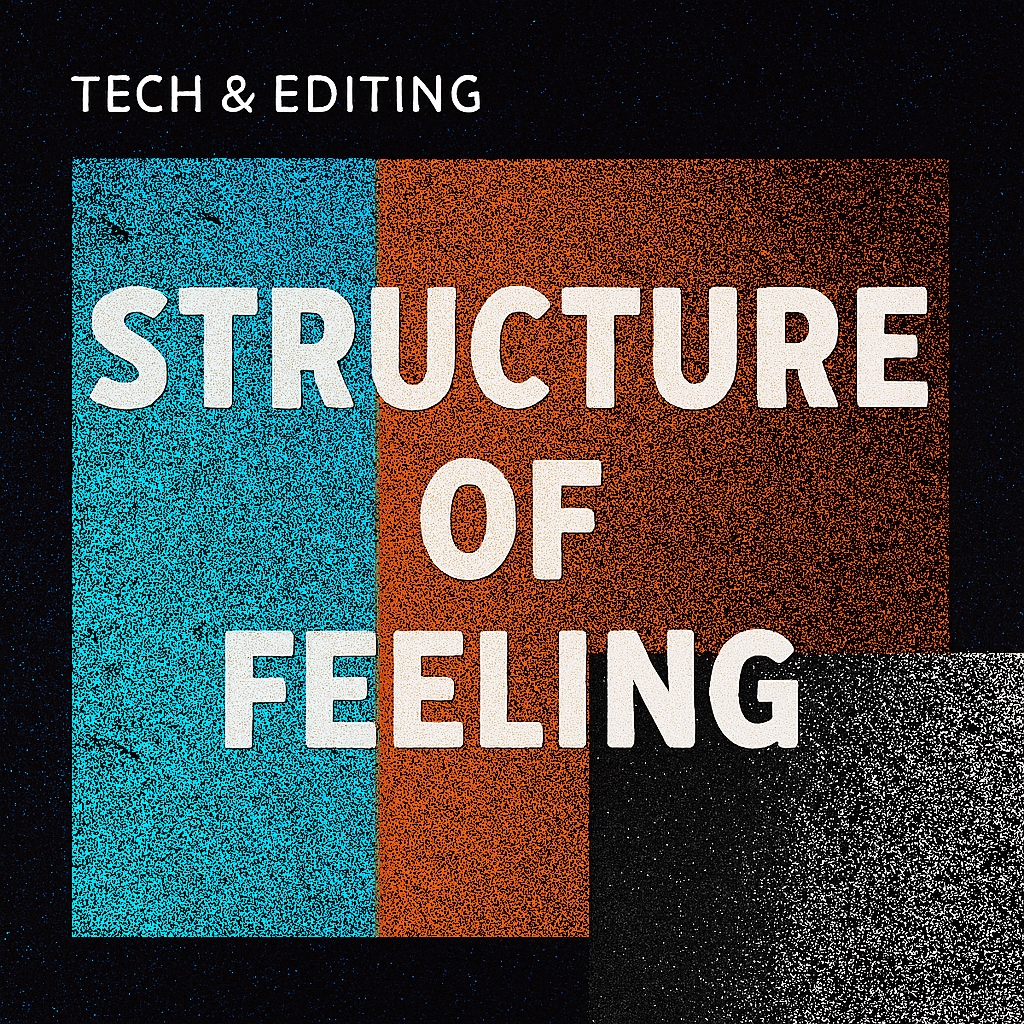
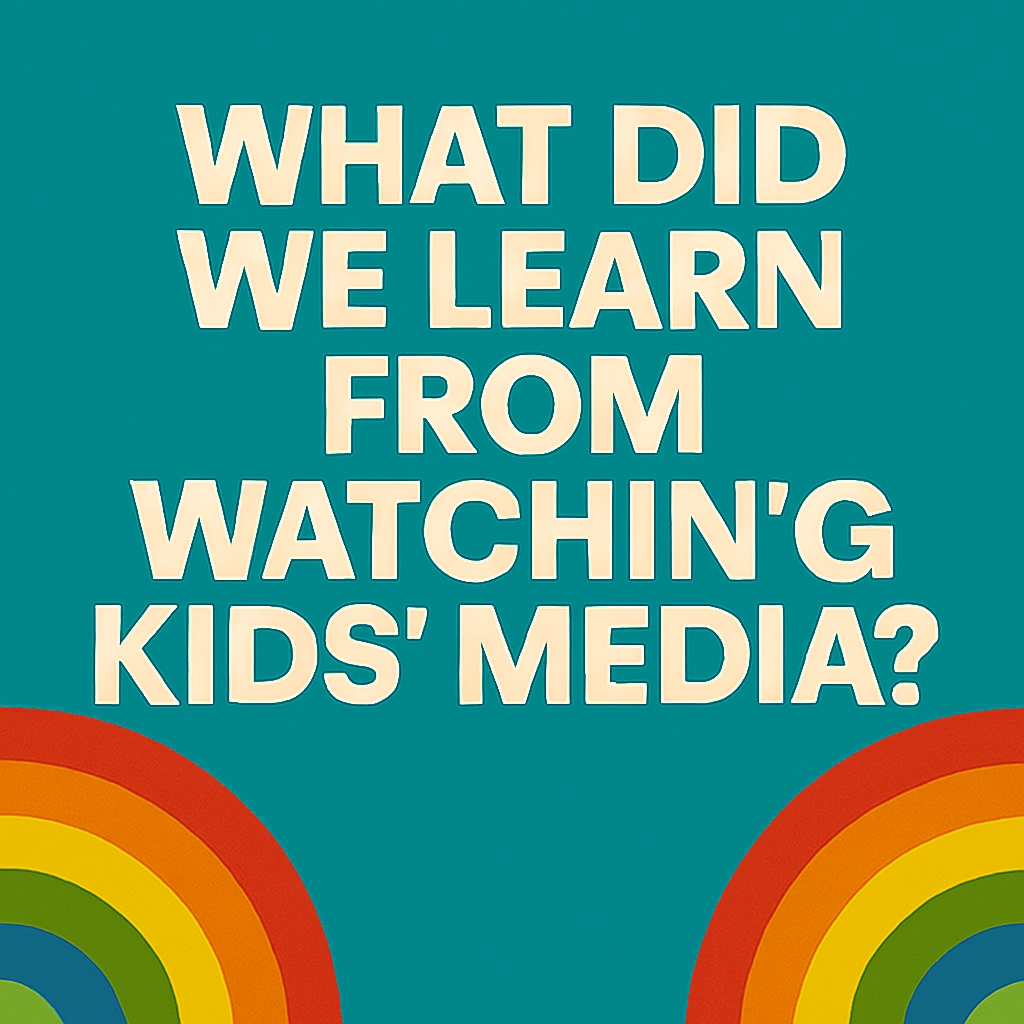
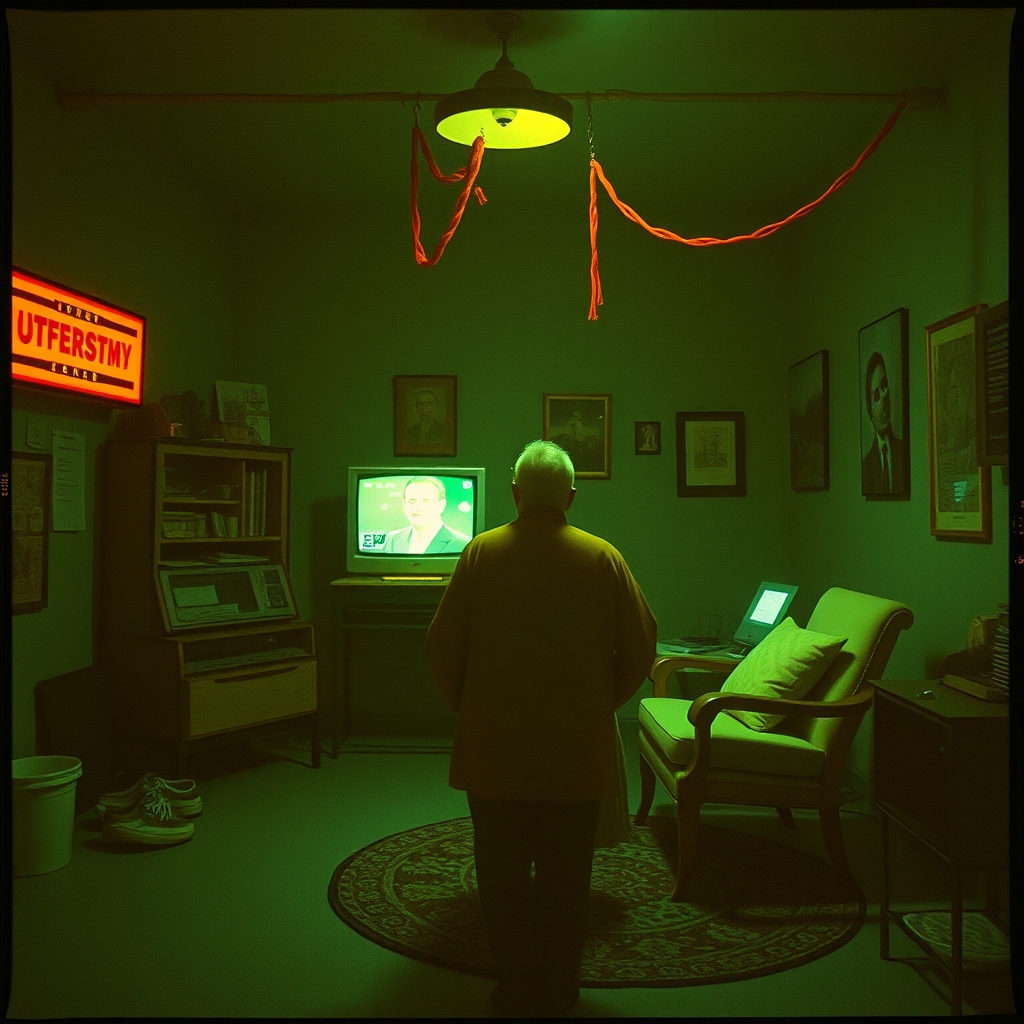
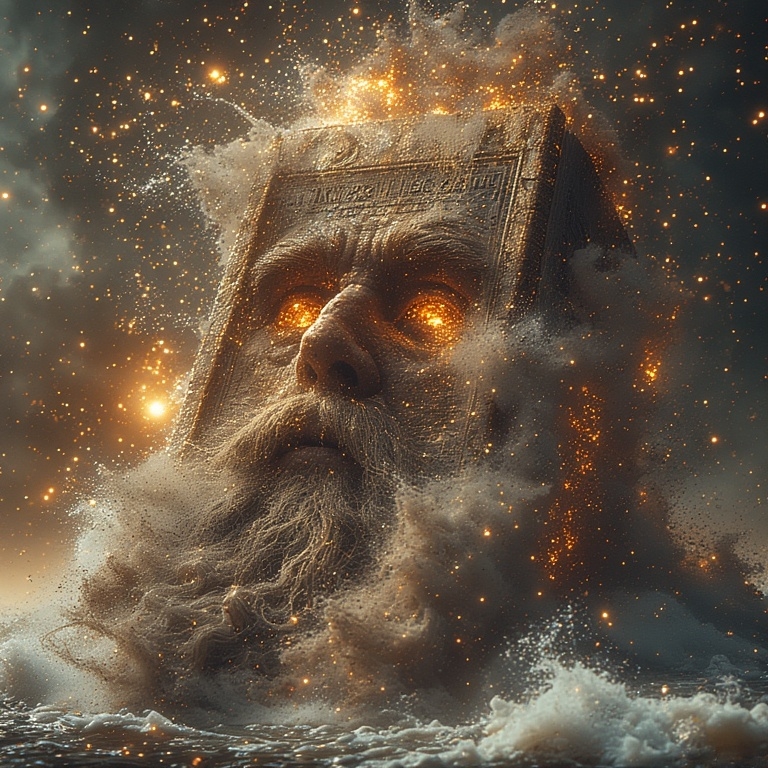
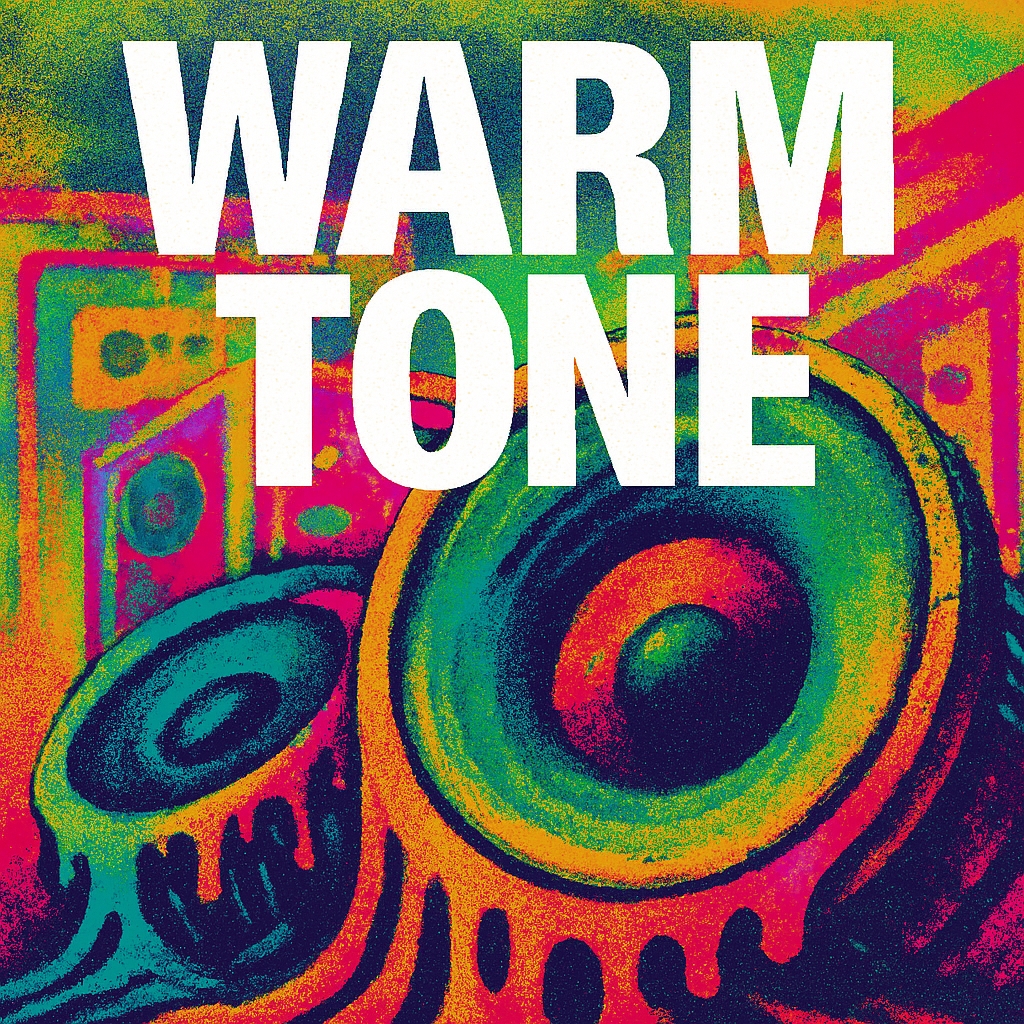
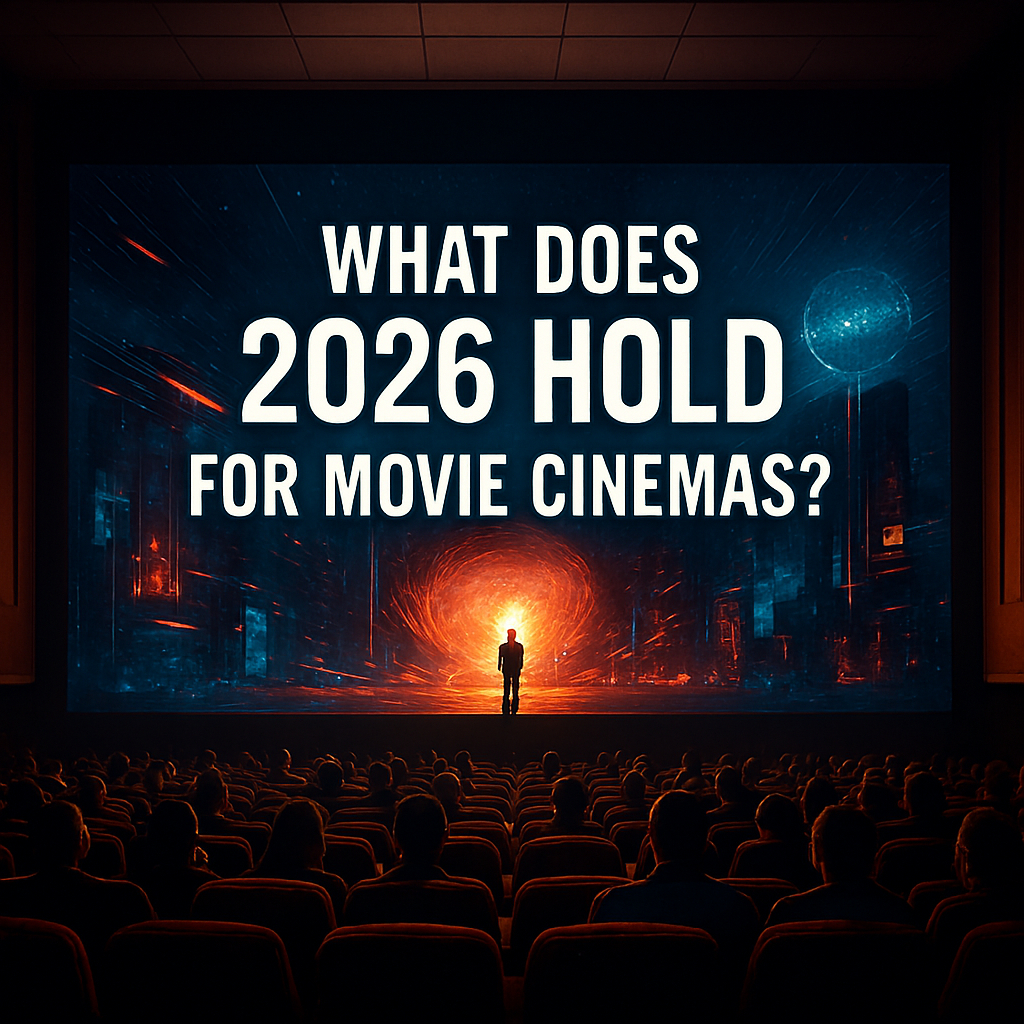
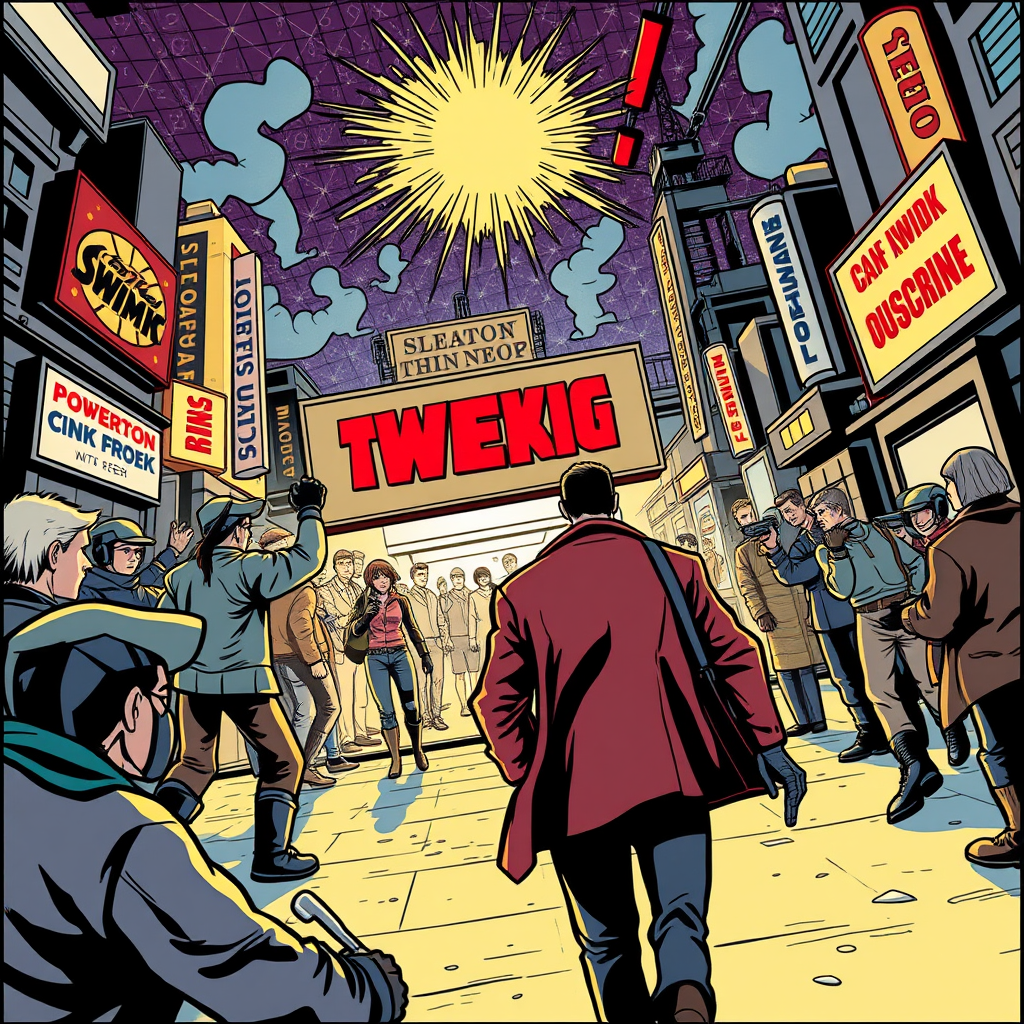
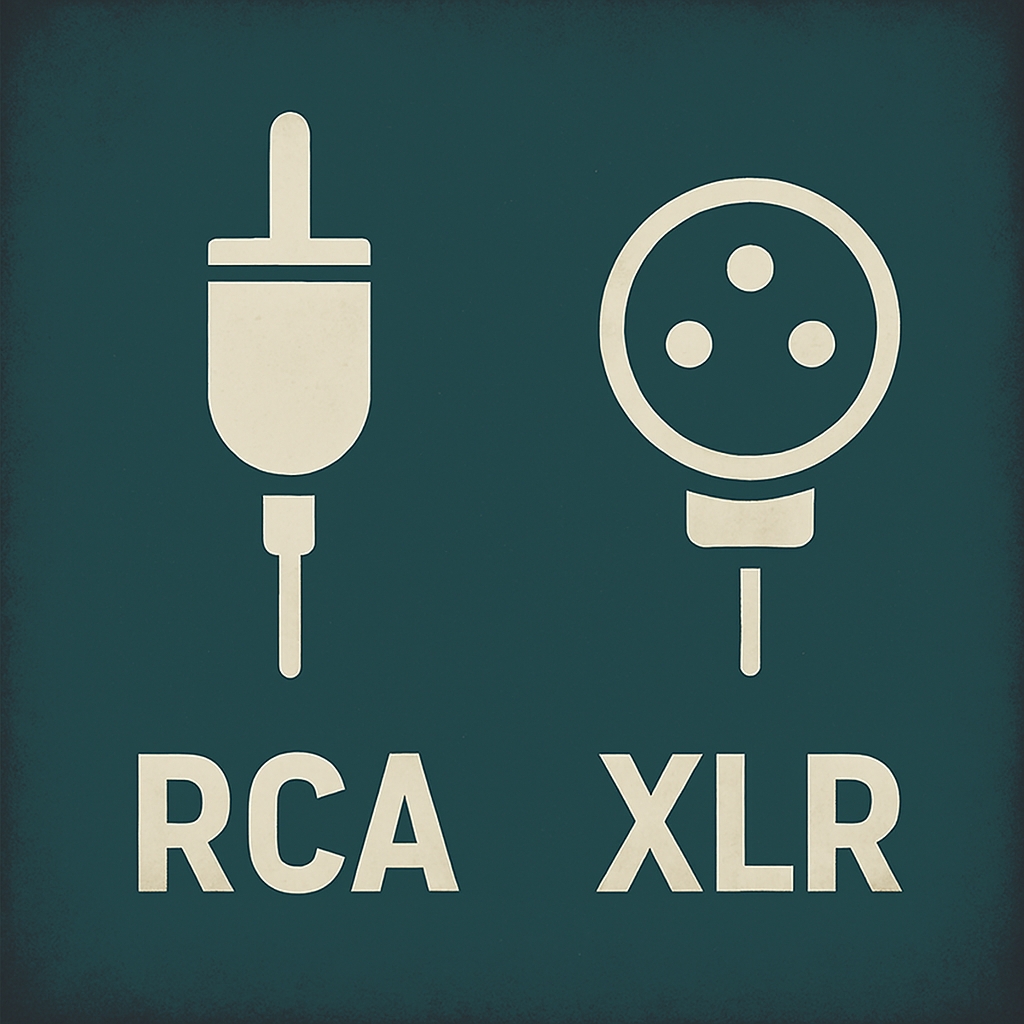

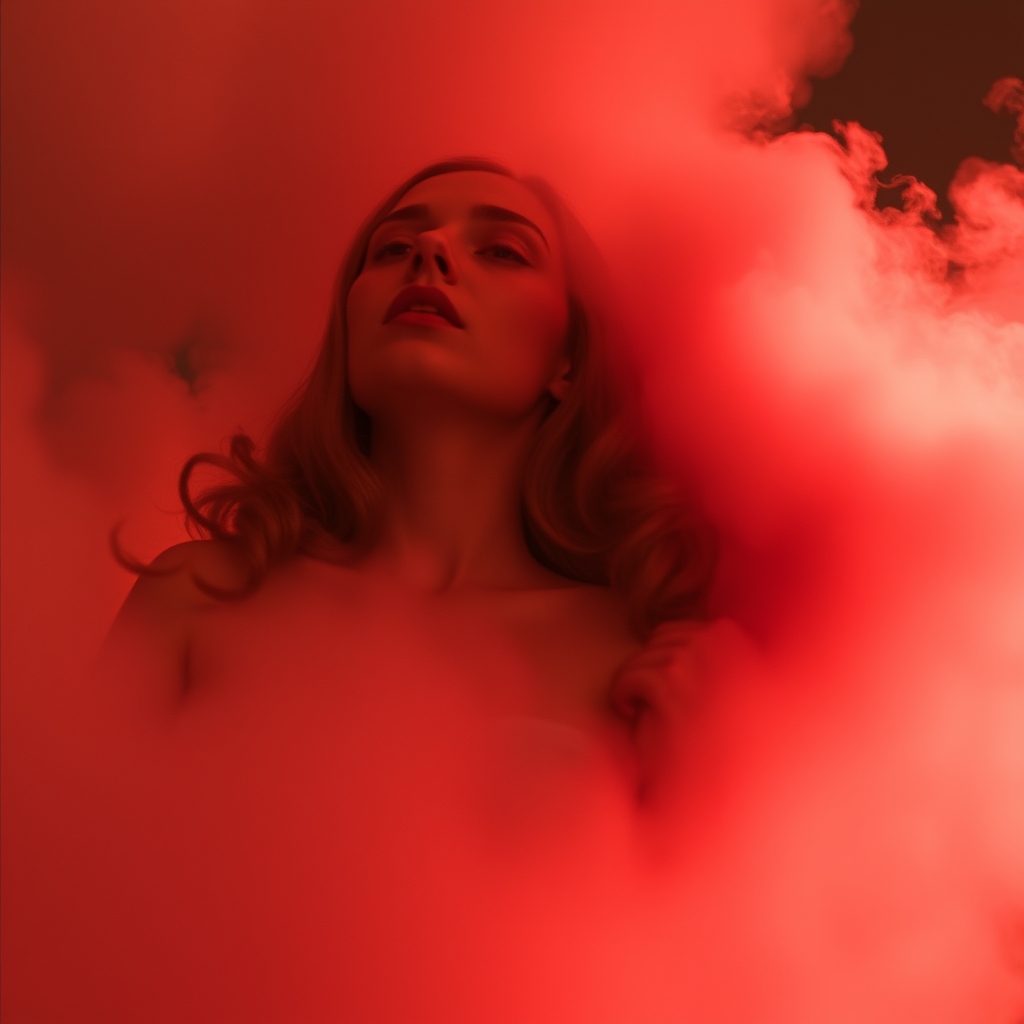
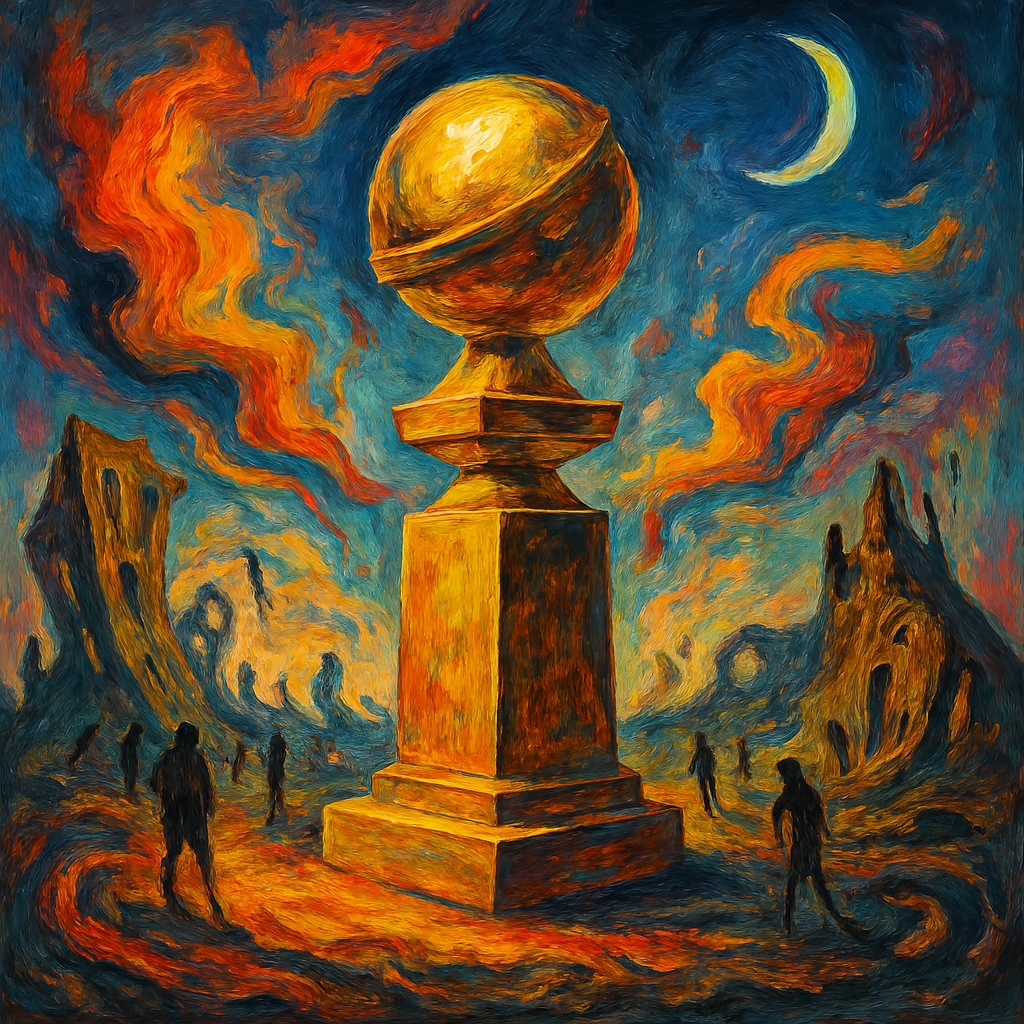
Leave a Reply